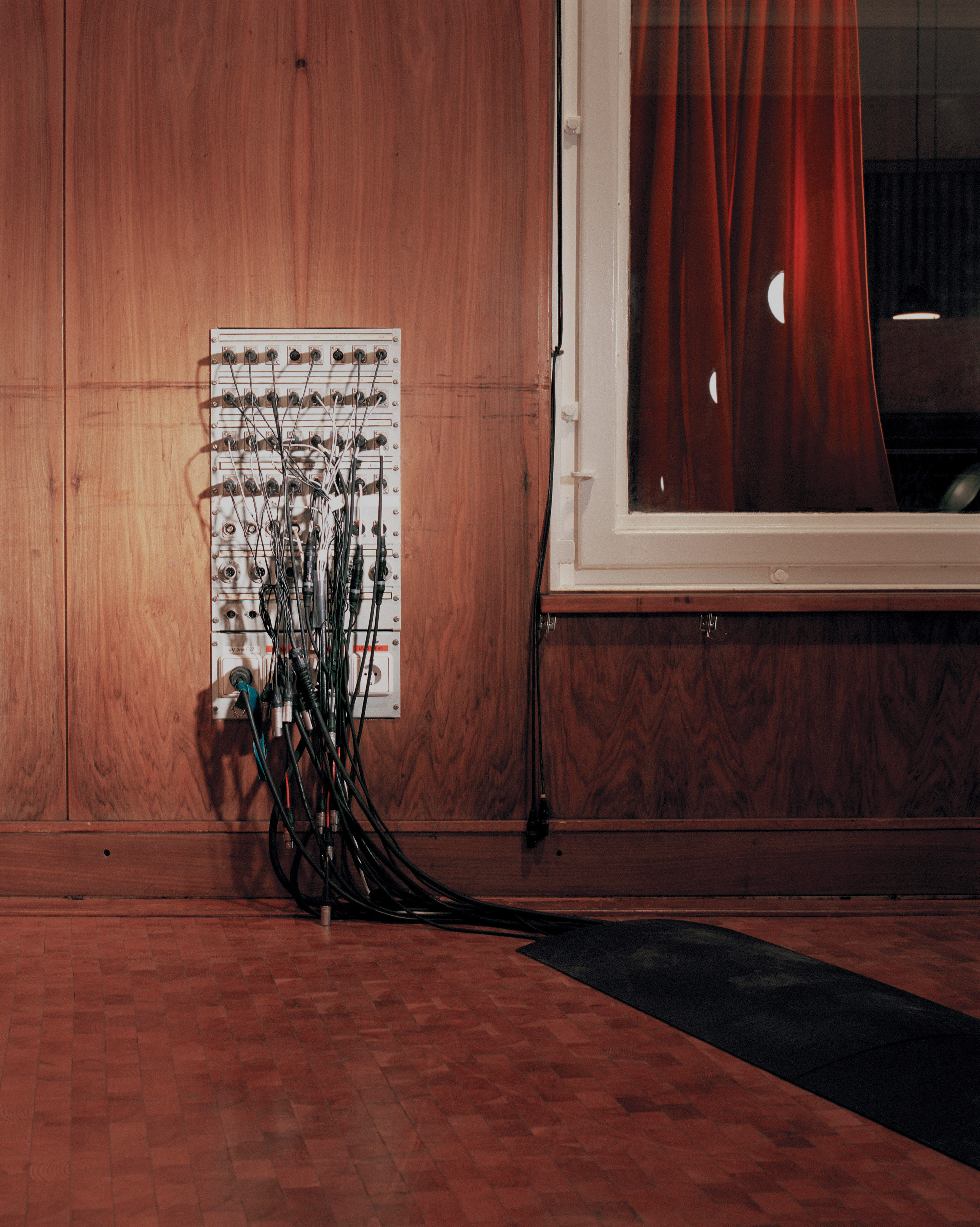As a guy who spends a lot of time recording, traveling on airplanes, and occupying open floor plan office spaces that many tech companies favor these days, I use headphones a lot – and being an audio nerd, I've gone through a more than a few pair. In rotation now, I have the venerable Sony MDR-7506 headphones, a pair of PSB Speakers' M4U 2s (used in passive mode), and a pair of Sennheiser HD 600s. I've enjoyed using them all. They're great headphones at different price points (although I no longer prefer open back headphones – not so great for tracking vocals or using anywhere you're trying to not disturb others).
Coming in to this review I hadn't been very familiar with Yamaha as a name in headphones; maybe I should have been, given their history in monitoring (including the legendary NS-10s). Out of the box I was impressed with the HPH-MT8s' closed-back design and quality – they are very well built, using metal arms to hold the earpieces in place, with a strong but flexible band, and a handy removable straight cord (if you've ever had to unwind a curly cord from chair wheels or other things you'll appreciate this). These build features are especially important to me, as my headphones aren't always placed carefully in a case for storage. Often, they're just stuffed in a drawer or in my computer bag for traveling – most of us have gone through at least a few pair of sub $100 headphones. My sense is that the HPH-MT8s will outlast those inexpensive headphones by an order of magnitude (the replaceable cord and metal arms that won't snap off make a huge difference to me) and their build quality makes it easier to justify moving to a higher price bracket.
Aside from its build, these headphones really shine in sound quality. Going back and forth both between mixes I'm working on to recorded material I'm very familiar with, to my ears there's an improvement in sound quality when monitoring with the HPH-MT8s against my other headphones. Compared to the Sony MDR-7506s (serving as a familiar headphone benchmark for many of us), the Yamaha's top end is night and day. Room mics on the drum kit are far more audible, and vocals seem to sit in the mix naturally – closer to where I hear them on my studio monitors and with an extended bass response. Though the HPH-MT8s are a bit heavier than the Sony's mentioned above, I didn't find them at all fatiguing to wear – in part because the headband fit was secure but not overly tight. My PSB Speakers M4U 2 headphones respond similarly to the HPH-MT8s but seem to lack some of the bass extension and width I'm hearing from the Yamahas. Though I love how small the M4Us fold up for travel, their build quality isn't quite that of the Yamahas' in my opinion.
Yamaha likens the HPH-MT8s' lineage to the NS-10s' ability to translate mixes well. With A/B comparisons against my Alpha Focal 65 monitors [Tape Op #104], I can say that once I got comfortable using the HPH-MT8s, my headphone mixes translated very effectively when working on the go. To achieve this level of insight when mixing on headphones at Yamaha's street price is impressive.
Overall, as you can probably tell, I'm very impressed with the HPH-MT8s. I think they more than justify their street price, are sturdy, and great for multiple applications. I'm not a full-time studio pro, so the Yamahas' flexibility of use is important to me. I know if I'm working on something away from home, these headphones will translate well like the studio monitors I'm used to. I'm sold.




_disp_horizontal_bw.jpg)